

When people talk about Saudi Arabia, most think of Mecca, the vast desert, or modern cities like Riyadh. But hidden along the Red Sea coast lies one of the most fascinating treasures of the Arabian Peninsula, Al Balad Jeddah, also known as Historic Jeddah. This is not just an old town. It is a living museum of ancient traditions, historic architecture, and multicultural heritage that has survived for centuries.
In 2014, UNESCO officially recognized Al Balad Jeddah as a World Heritage Site, and today it remains one of the last surviving urban sites that represent the soul of the region.
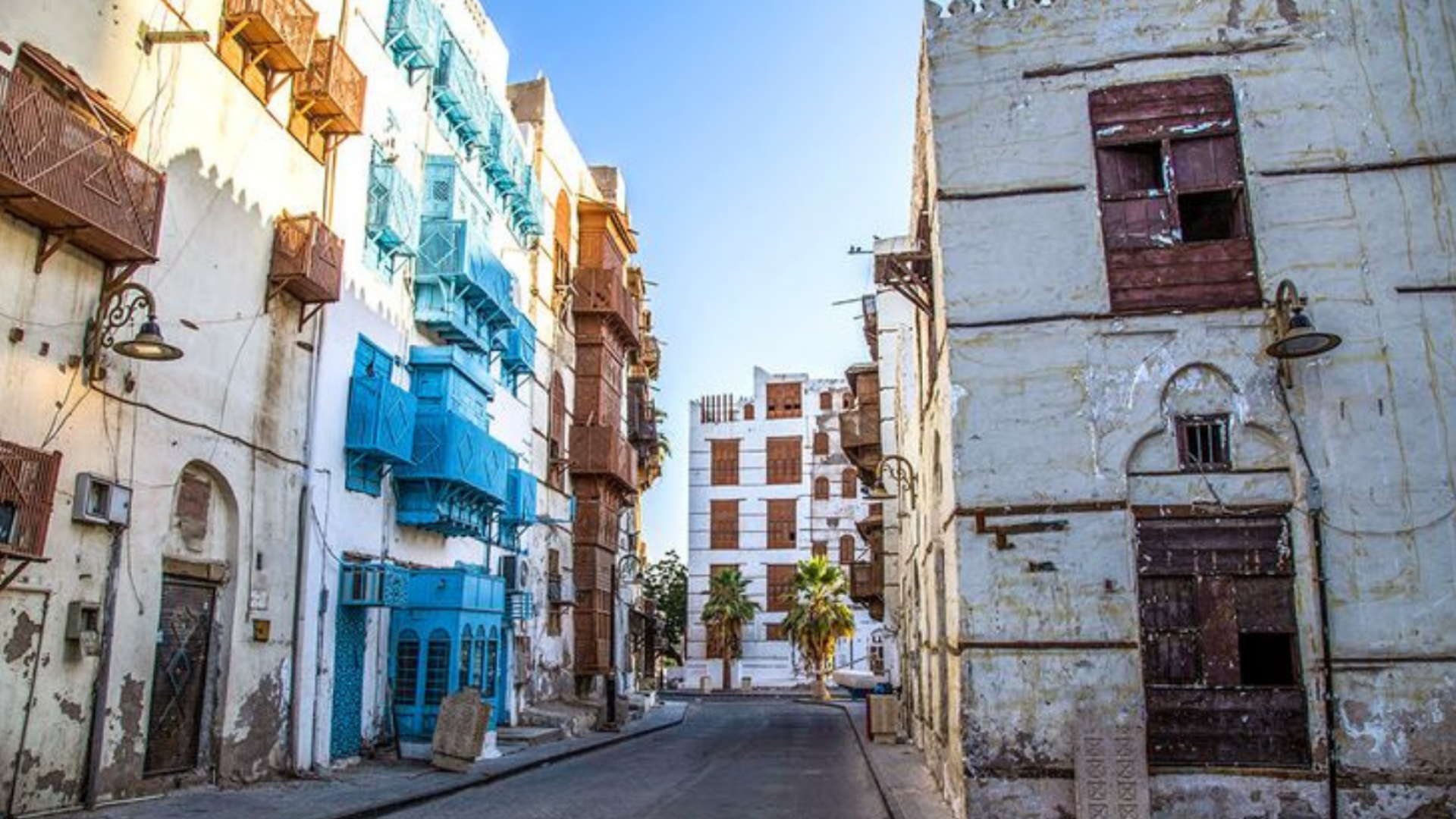
The story of Al Balad Jeddah dates back to the early Islamic era, around the 7th century, when the town was established as a major port on the Red Sea. Its strategic location made it the gateway to Mecca, just 65 km inland, making Jeddah the city where pilgrims from across the Islamic world would arrive before heading to the holy city.
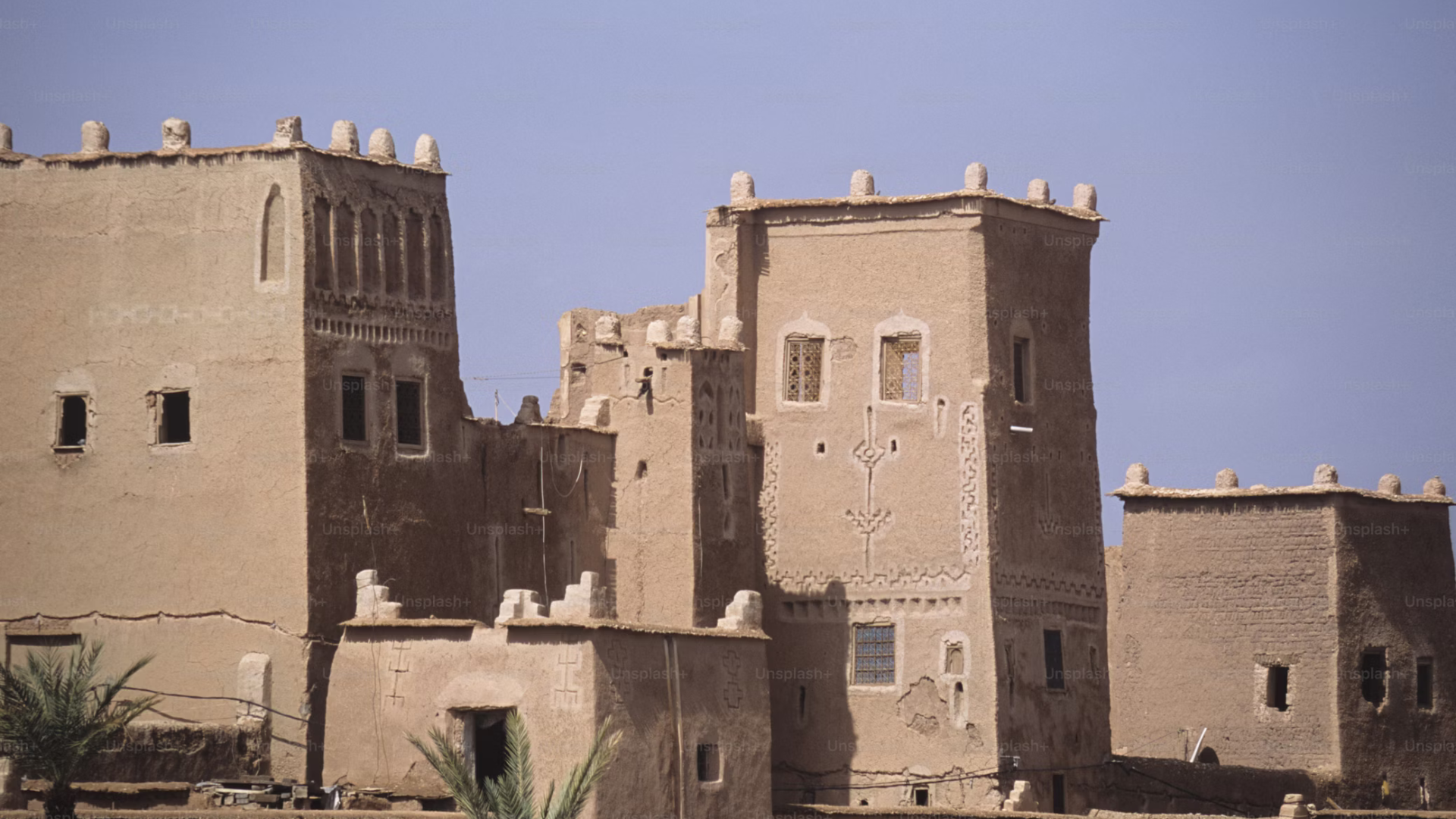
But Al Balad was not just about religion. It was also a thriving center of commerce. The Indian Ocean trade routes, connecting Iraq, Africa, India, and beyond, all passed through Jeddah. This made the town a hub of a commercial-based economy, where spices, textiles, pearls, and food were exchanged.
You may wonder, why did UNESCO consider this town so special? The answer lies in its cultural significance, unique architecture, and role in shaping the history of Saudi Arabia and the wider region.
Here are the main reasons:
The homes in Al Balad were built using coral stones from the Red Sea. A technique that reflects remarkable craftsmanship. These historical houses are decorated with wooden balconies called Rawasheen, designed to keep homes cool in the desert heat.
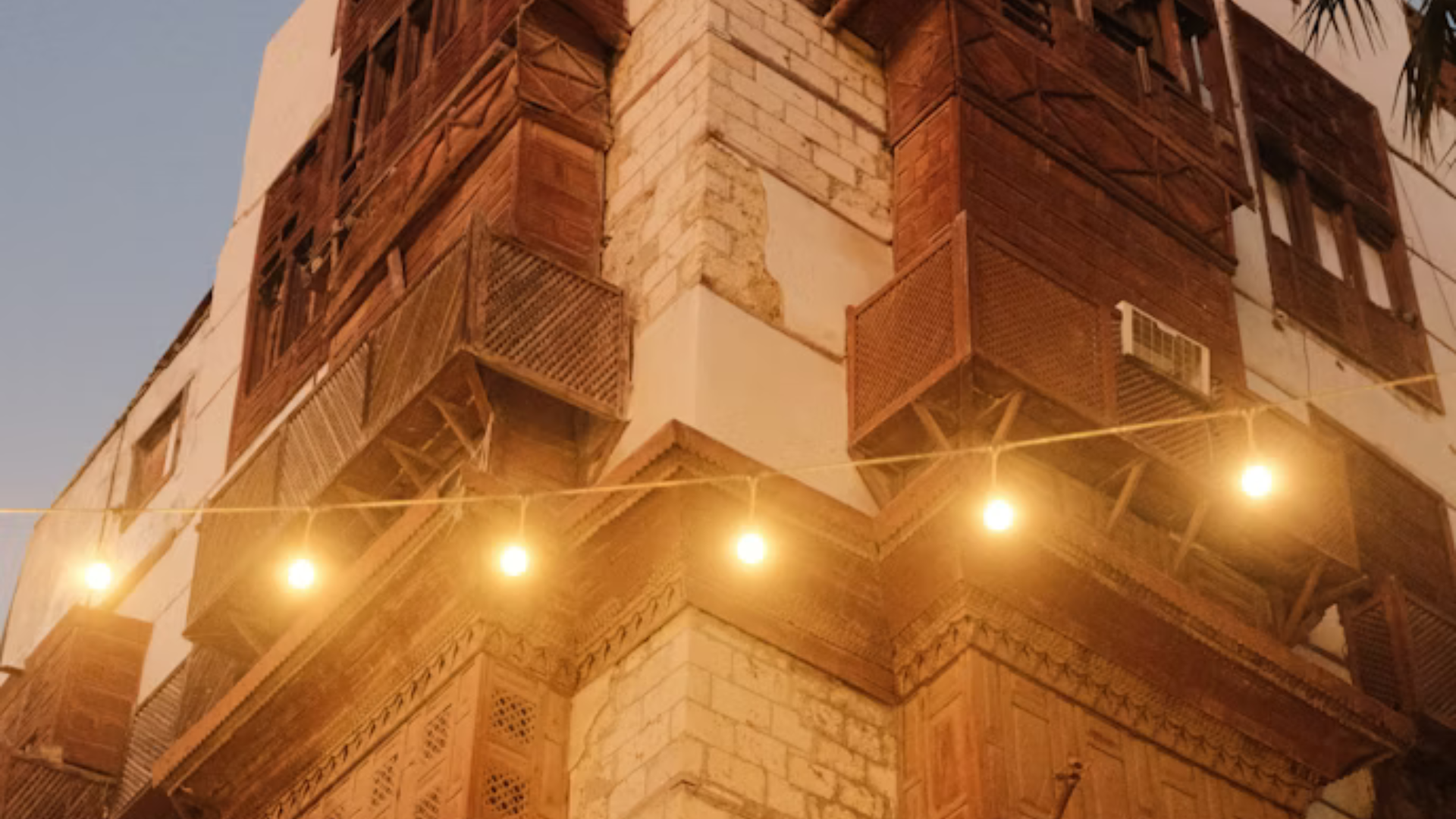
Al Balad is one of the last surviving urban sites from its time. Many of its traditional buildings and historical neighborhoods still stand, giving us a glimpse of what life looked like centuries ago.
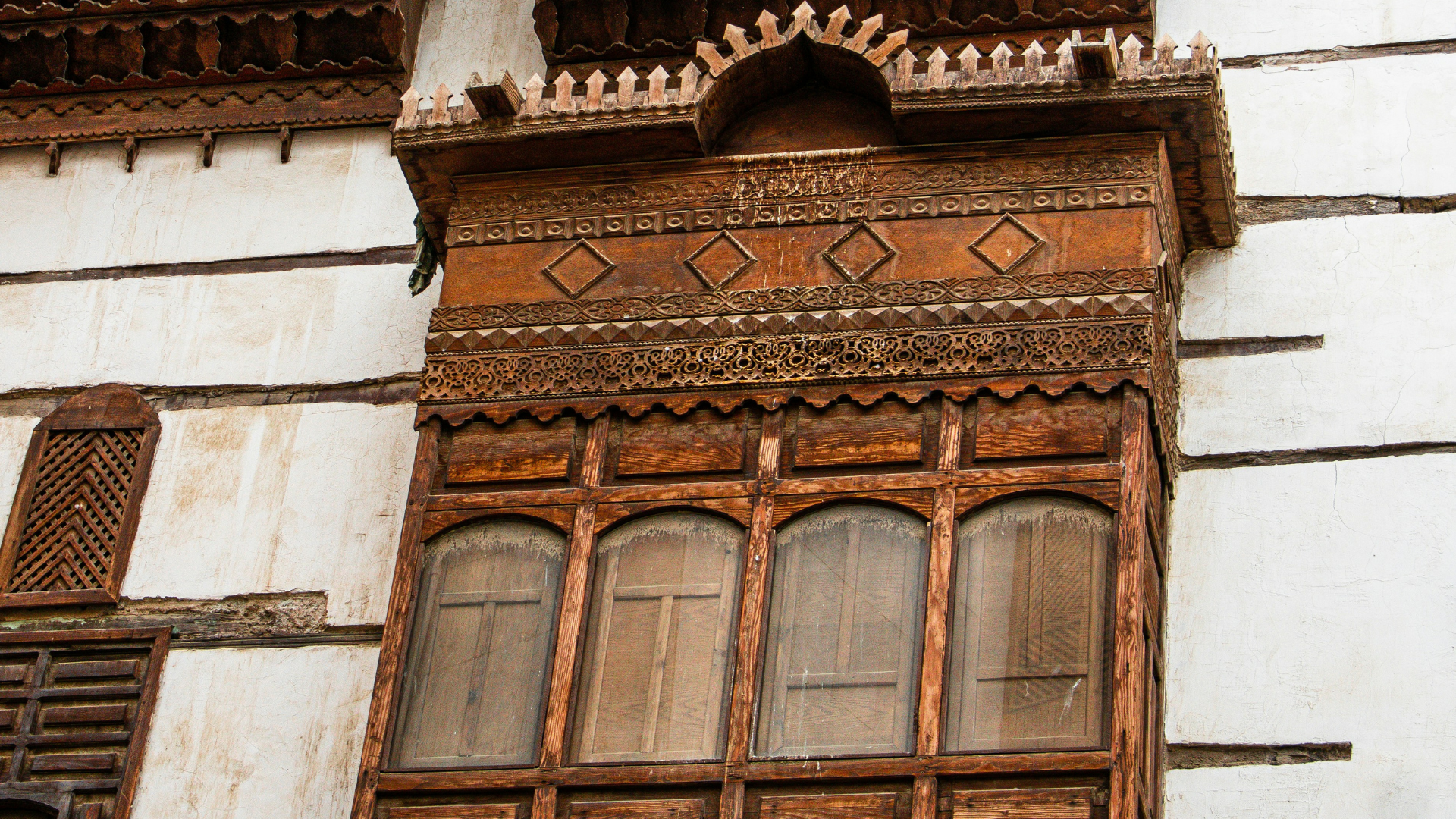
Thanks to its role as a major port, Al Balad attracted traders, scholars, and poor immigrants from across the world. Over time, it developed into a multi-cultural environment where influences from Africa, Asia, and the Middle East blended.
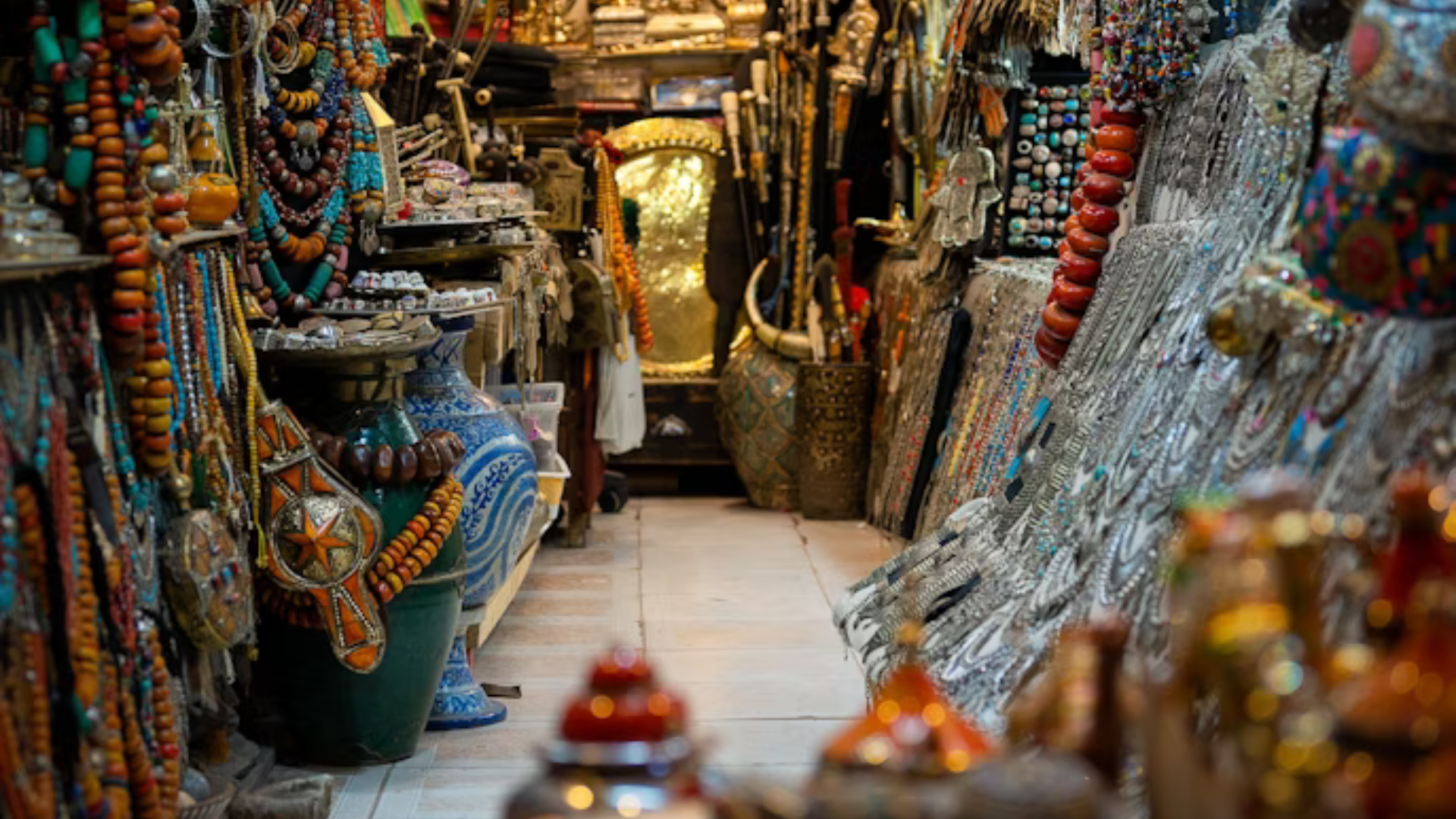
For centuries, Jeddah has welcomed pilgrims traveling to Mecca. This makes the Jeddah Historic District not just a place of commerce, but also a deeply spiritual town connected to Islam.
Exploring Al Balad is like flipping through the pages of a history book. Some landmarks stand out more than others:
This is believed to be the oldest mosque in Jeddah, dating back to the early Islamic era. It is built with coral masonry construction. Other than this, the mosque has been carefully preserved and remains a symbol of the city’s strong connection to Islam.
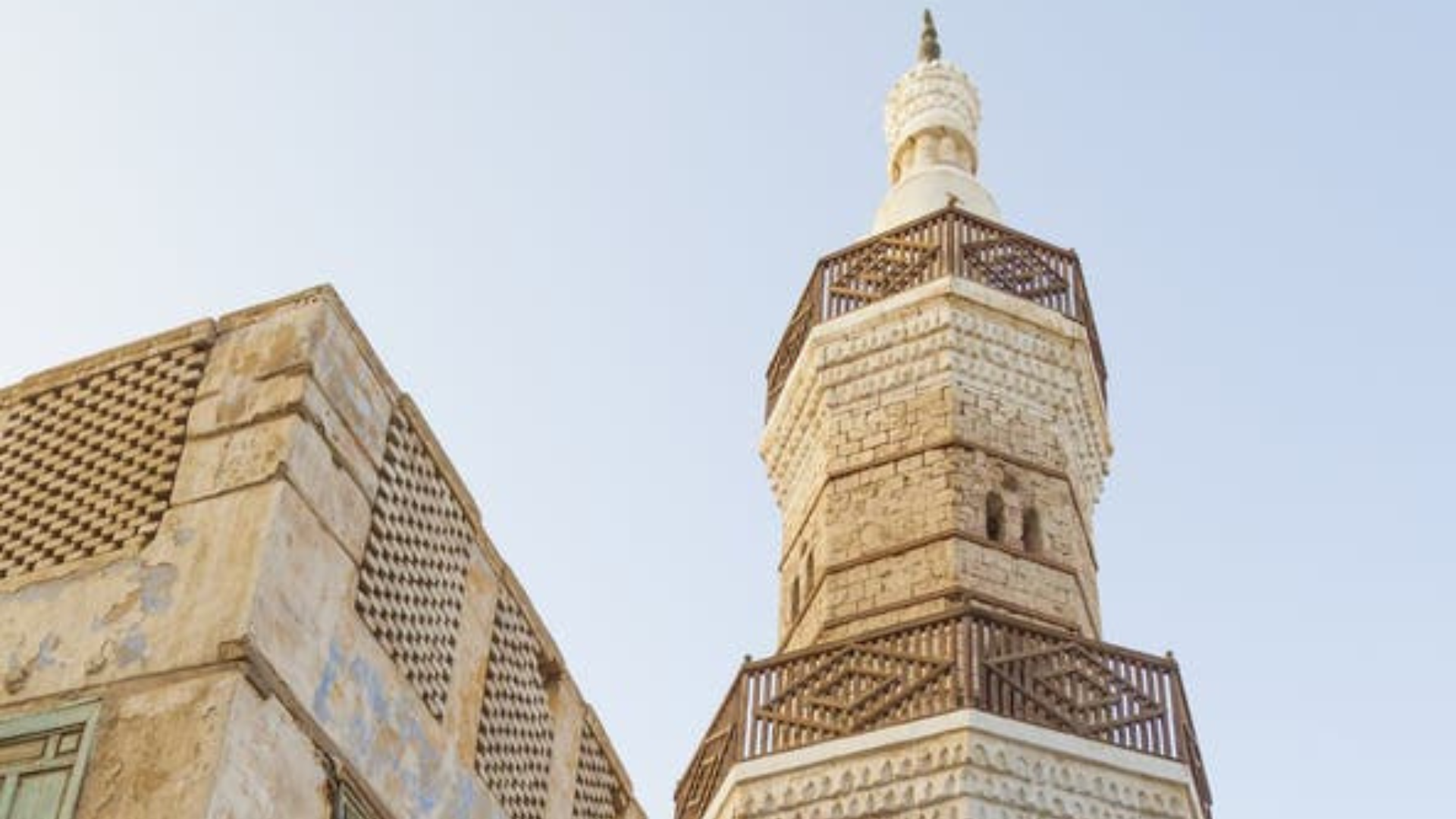
This is known for its historical houses because this neighborhood reflects the life of merchants and families who once shaped the cultural and commercial heartbeat of the city.
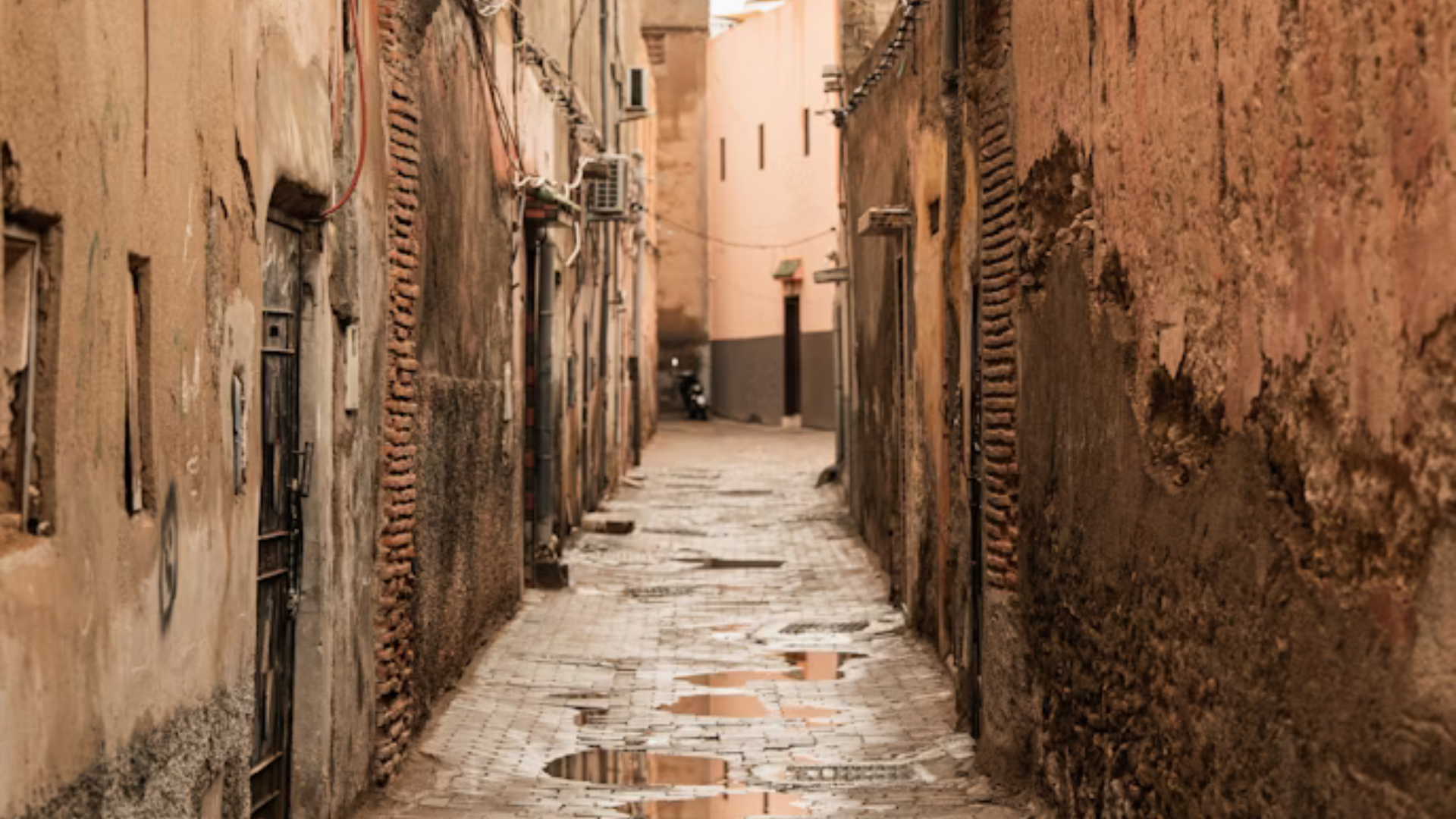
Now, from Naseef House to Sharbatly House, these grand traditional buildings once hosted traders, officials, and even royalty. Today, many of them are being restored under the Jeddah Historic District Program.
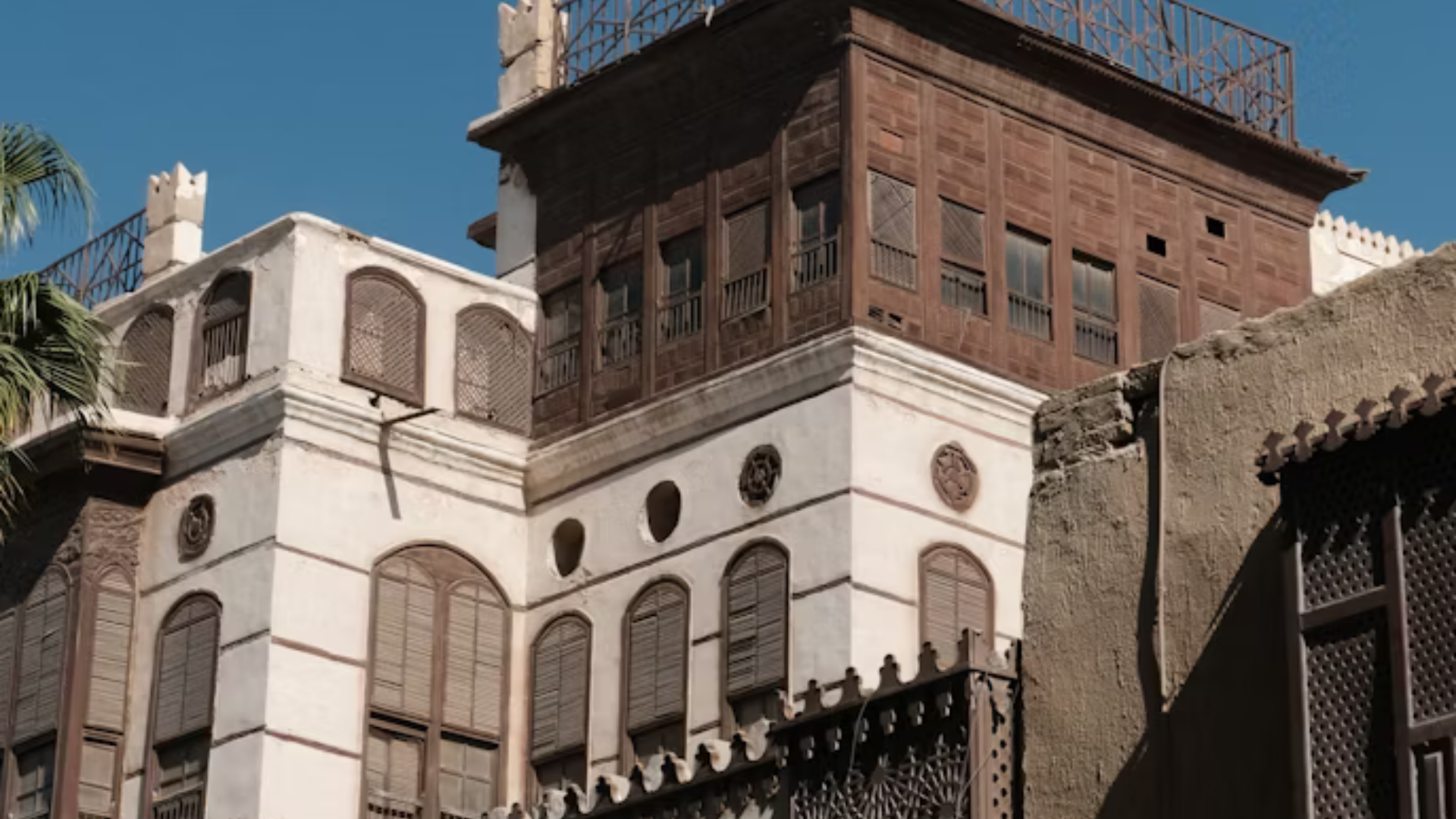
Let us be honest here. Jeddah’s growth would not have been possible without the Red Sea.
In the 19th century, the opening of the Suez Canal changed everything altogether. It connected the Indian Ocean trade routes more directly to Europe, and Jeddah’s role as a major port became even more important.
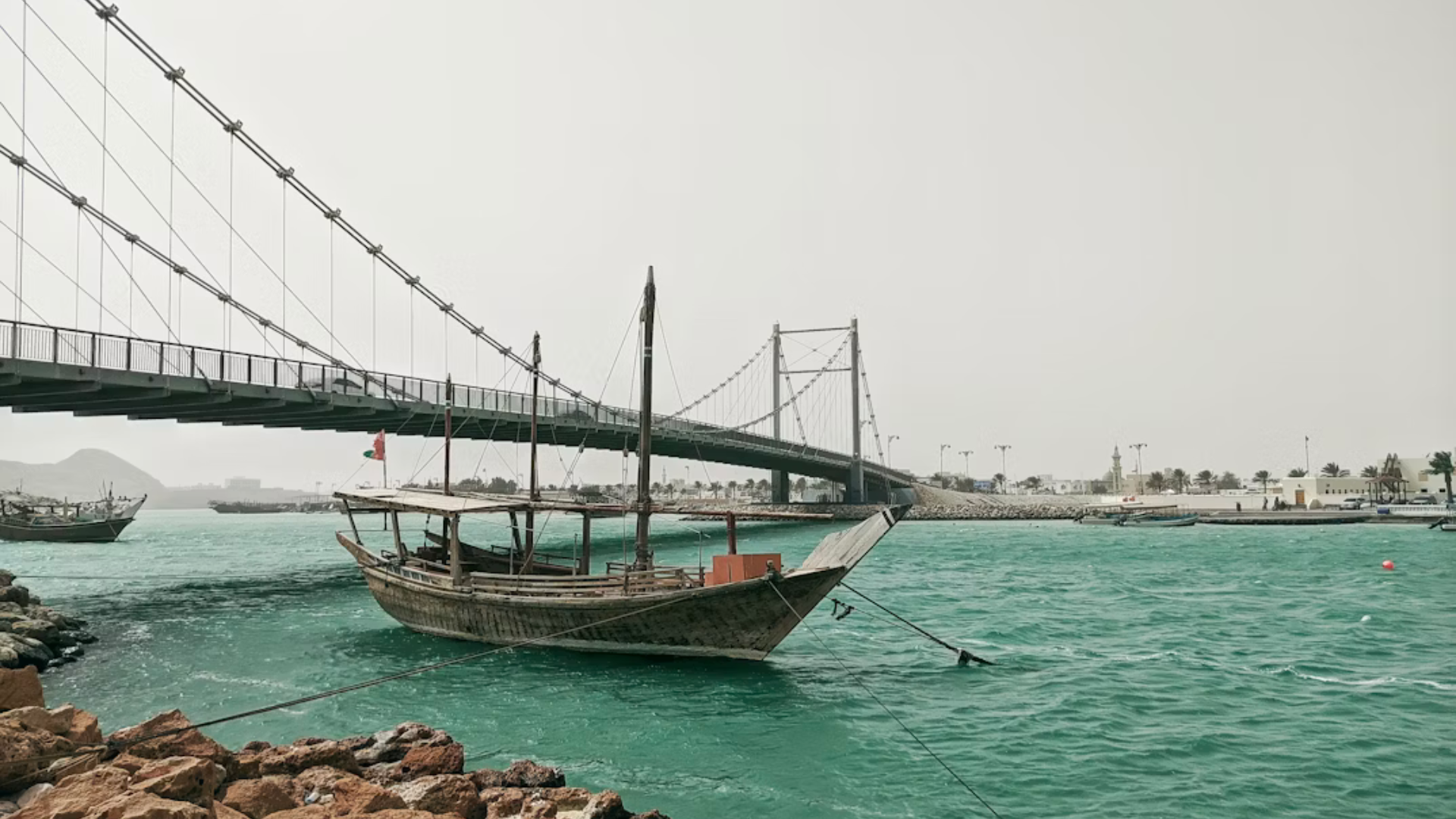
Let us now talk about the architecture. So, walking through Al Balad, one thing that immediately stands out: The houses. I am listing out the reasons below.
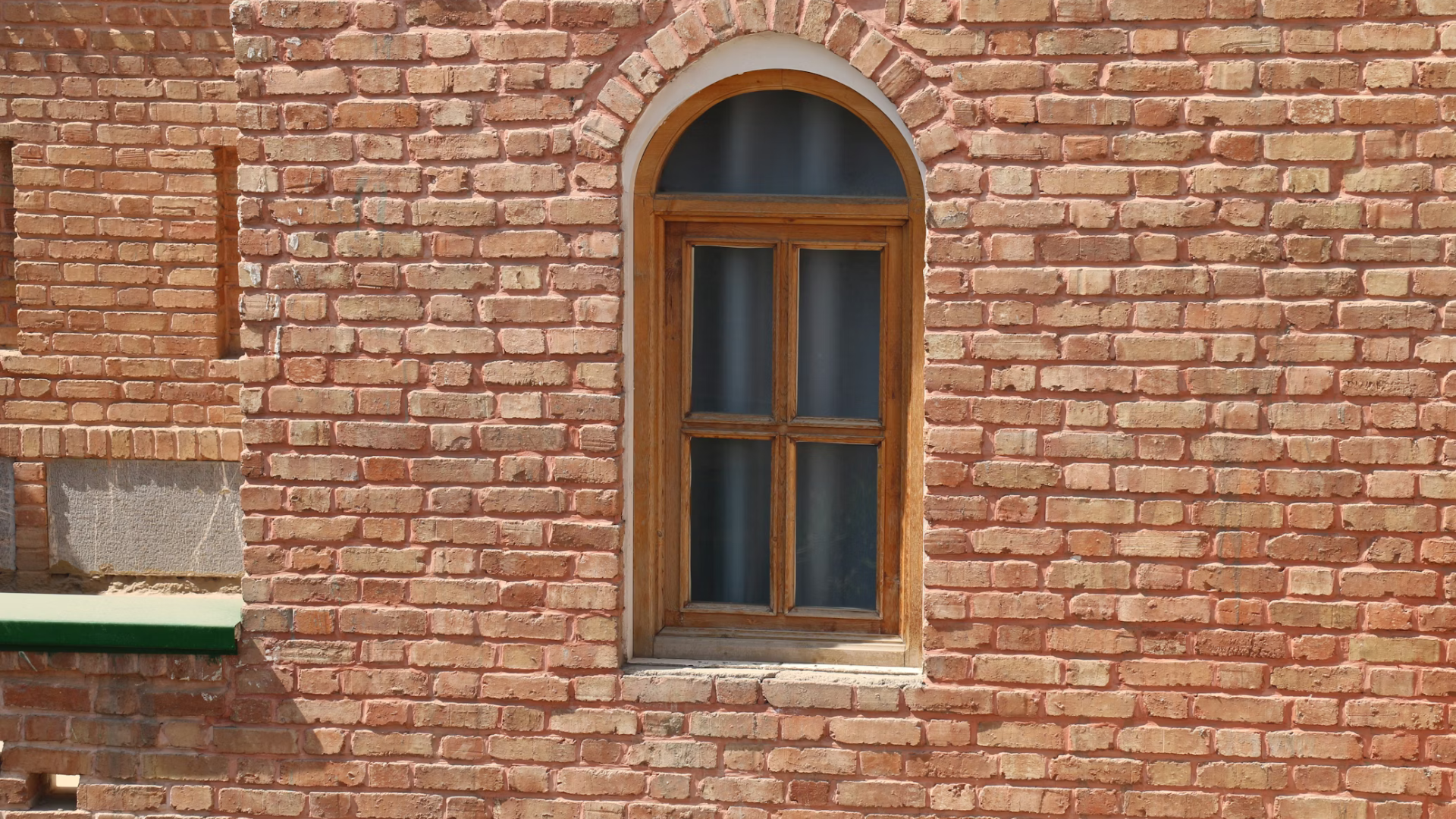
Sadly, over the years, many of Al Balad’s historical houses and traditional buildings began to collapse. But today, thanks to the efforts of the Saudi Commission, the Ministry of Culture, and the Jeddah Historic District Program, a major initiative is underway to restore Al Balad.
Talking about this program, the restoration aligns with Saudi Vision 2030, which emphasizes heritage, tourism, and preserving culture. The goal is not just to save the historical neighborhoods, but to bring life back into them with markets, food stalls, hotels, and cultural spaces.
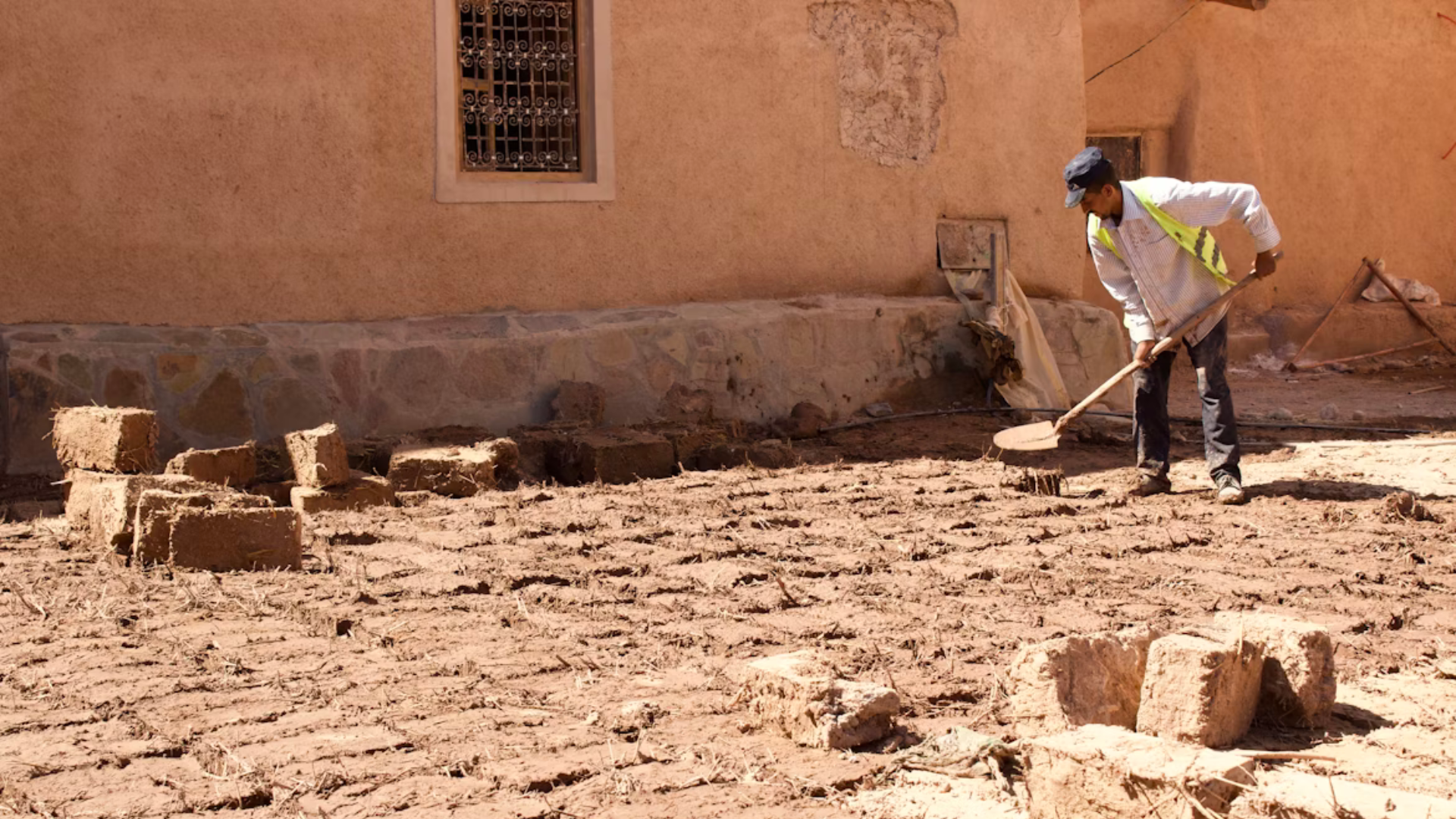
What makes Al Balad truly special is that it is not just a museum; it is alive. You will find families still living in the old houses, markets selling spices and clothes, and tourists exploring the winding alleys early morning or late evening when the weather is cooler.
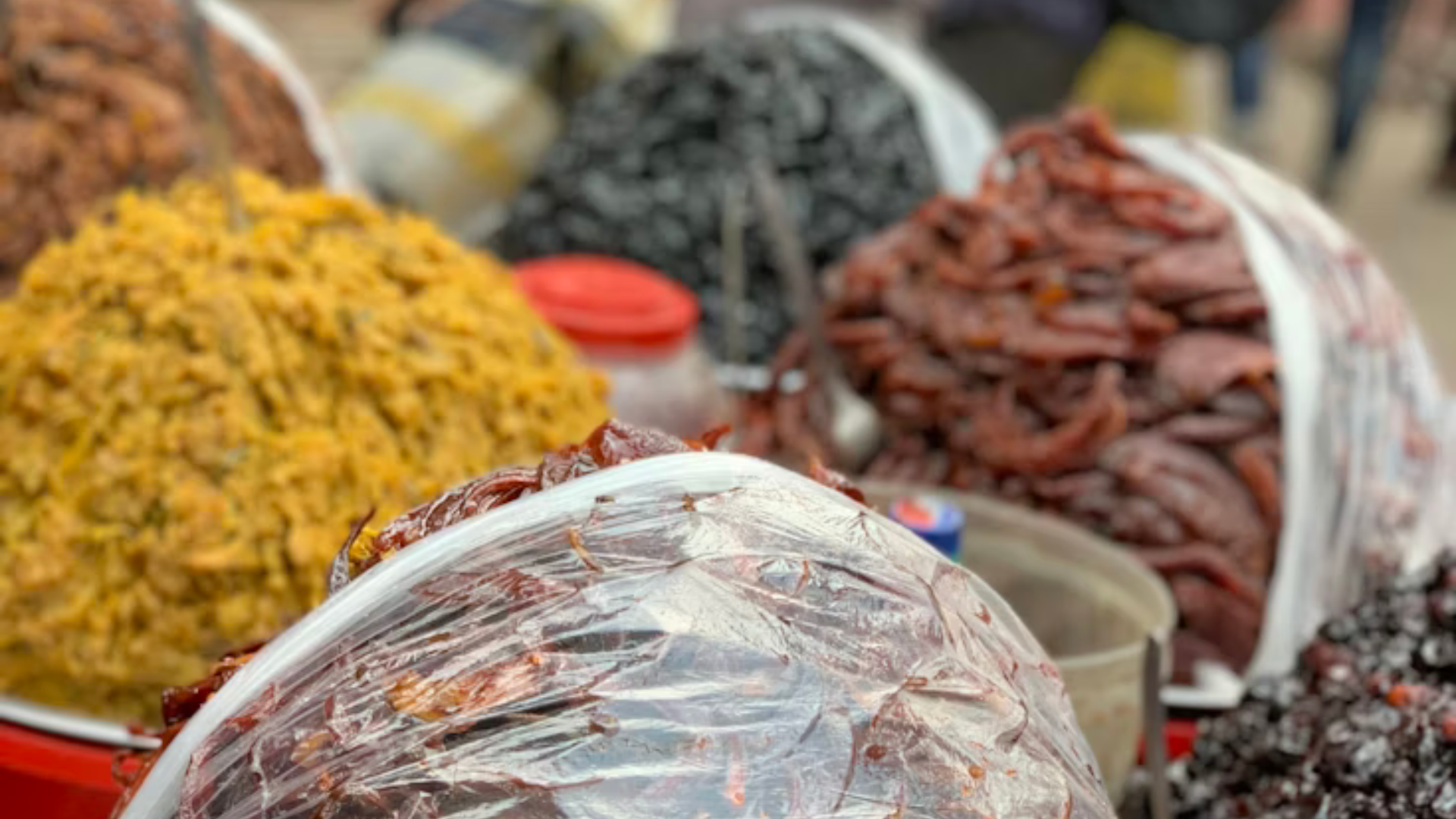
It is this blend of history, culture, and everyday life that makes Al Balad Jeddah stand out as an exceptional property recognized by UNESCO.
Thanks to preservation efforts, Al Balad is now open for the world to explore. You can:
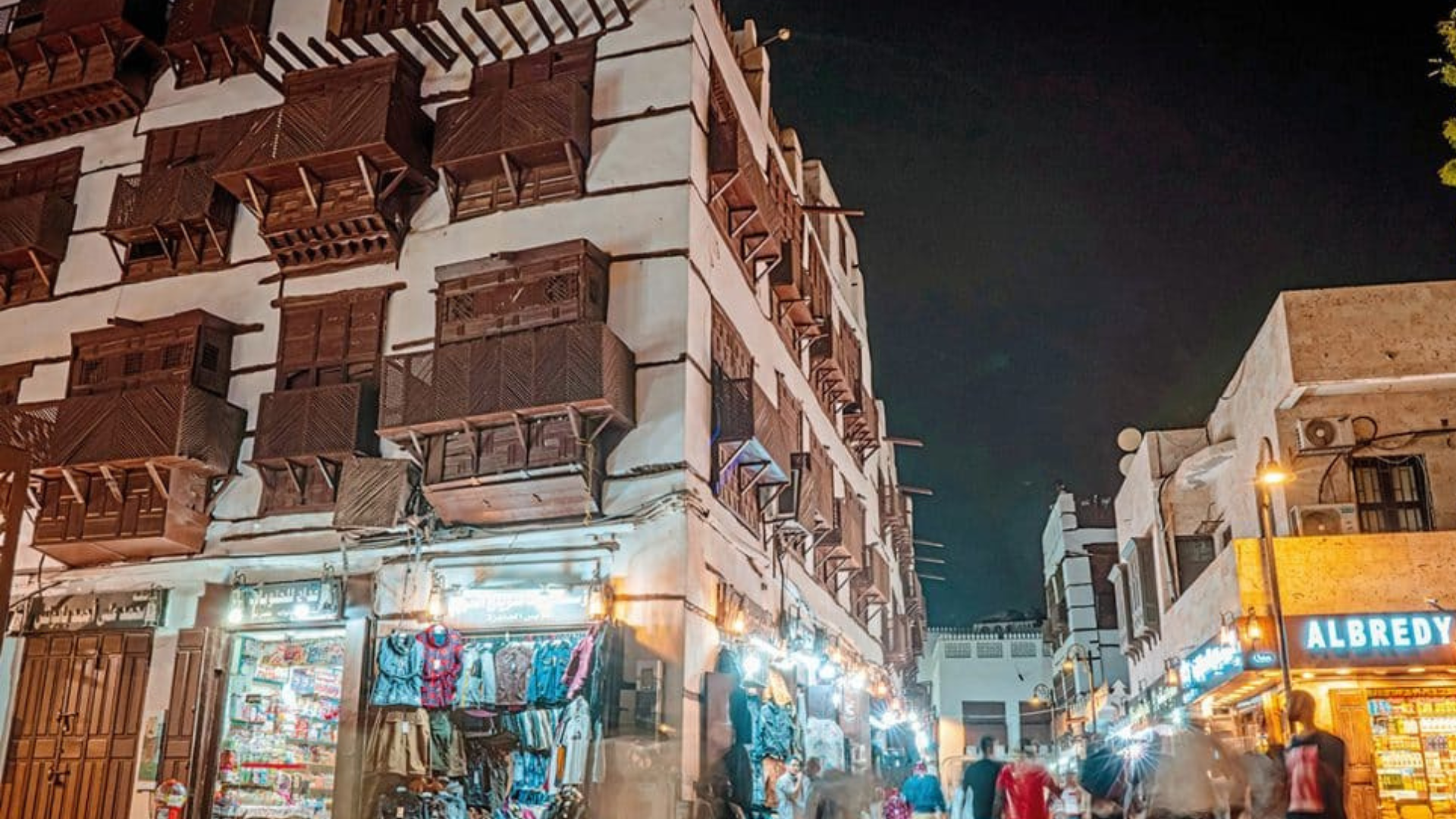
And we at 365 Adventures take visitors through these streets, showing them not just the historical side of Al Balad, but also the cultural heart of Jeddah. Our tours highlight the multicultural environment, the stories of poor immigrants who helped shape the town, and the exceptional history that has immensely contributed to the Kingdom of Saudi Arabia’s identity.
Exploring Al Balad on your own is wonderful, but seeing it with a knowledgeable guide makes the experience unforgettable.
So, if you visit Al Balad with us, you will:
Al Balad Jeddah is more than just an old town. It is a heritage site, a cultural symbol, and a reminder of how trade, religion, and community can shape a city. It is the place where the history of Saudi Arabia meets the present, where ancient traditions still breathe through the walls of historical houses, and where visitors can experience the true soul of Jeddah.
So next time you think of traveling to Saudi Arabia, don’t just stop in Mecca or Riyadh, make your way to Historic Jeddah, walk through Al Balad, and experience for yourself why this UNESCO World Heritage Site continues to captivate the world.
Contact us at +966 55 594 9365 or email us at saudi@365adventures.me, and our team at 365 Adventures will help you discover Jeddah’s historic district with a memorable guided tour.